When the weather is cold, it is common for engines to fail to start. The following four tips are crucial to ensuring that the engine will start properly.
01 Choose the right gasoline
First of all, we must understand that winter gasoline is different from summer gasoline. There is primarily a difference in gasoline vapor pressure (Red vapor pressure, RVP). The temperature in winter is lower, and evaporation (vaporization capacity) of gasoline is reduced. So,it is possible to improve engine starting performance in winter by choosing winter gasoline.
02 Choose the right engine oil
Oil thickens at low temperatures, doesn’t flow smoothly, and sometimes stops flowing altogether. The applicable ambient temperature of different grades of engine oil is different. It is generally recommended to buy a big brand winter and summer general-purpose engine oil 10W-30 (or 10W-40) for a four-stroke air-cooled gasoline engine. Oil grades above SF are acceptable.
The API grade (eg: SJ) indicates the quality grade of the engine oil. The series starting with “S” represent gasoline engine oil, and the specifications include: SA, SB, SC, SD, SE, SF, SG, SH, SJ, SL, SM, SN, etc. What needs special reminder is: gasoline engine oil and diesel engine oil should not be confused, and “C” at the beginning represents diesel engine oil. From “SA” to “SN”, the lower the letter, the higher the quality level. With each letter increment, the oil performs better than the previous one, with more additives in the oil to protect the engine.
03 Correct operation
When the engine isn’t working, the engine has a very low temperature, so close the choke valve to start. The fuel supply system cannot vaporize the gasoline completely, and when the gasoline is not vaporized, it is difficult for the engine to start and burn. It is necessary at this time to increase the mixing ratio of gasoline and air by using the choke to prevent air from entering the cylinder, while at the same time increasing the engine speed to prevent engine stalls.
When normal operating temperature is reached, return the choke to normal state. When starting, make sure the choke valve is fully open, otherwise black smoke, insufficient power, and carbon deposits will result due to a high oil-gas mixing ratio.
04 Choose the right engine
When purchasing equipment, specify an engine with good low temperature starting performance. Most single-cylinder gasoline engines that are common in winter and summer do not have the ability to start at low temperatures below minus 18 degrees.
—At minus 5 degrees
Many engines take multiple pulls to start. Some with poor startup performance can no longer be started;
—At minus 18 degrees
The vast majority of engines have failed to start, no matter how many times they are pulled. If you don’t believe me, you can pull out your device and start it up for a try;
—At minus 29 degrees
Engines that can start are even rarer!
Alright, let’s wrap things up.
If it is not difficult to start the equipment in winter, it must be done:
01 Specify an engine with good low-temperature starting performance when purchasing the machine
02 Use the right winter oil and gasoline
03 Master the correct operation
As long as you do these points and add proper maintenance, you don’t have to worry about it not being easy to start when the temperature is low in winter.

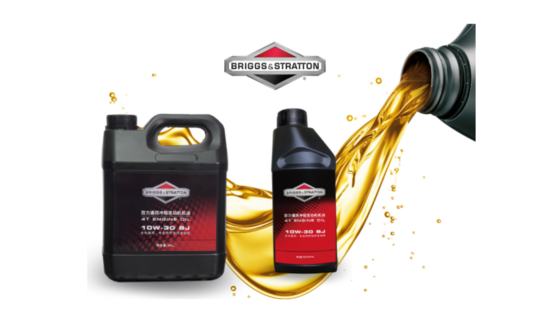
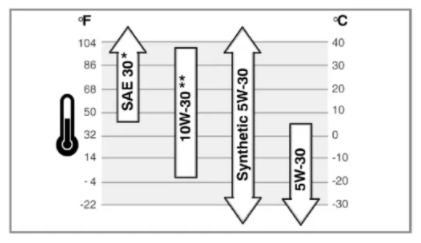
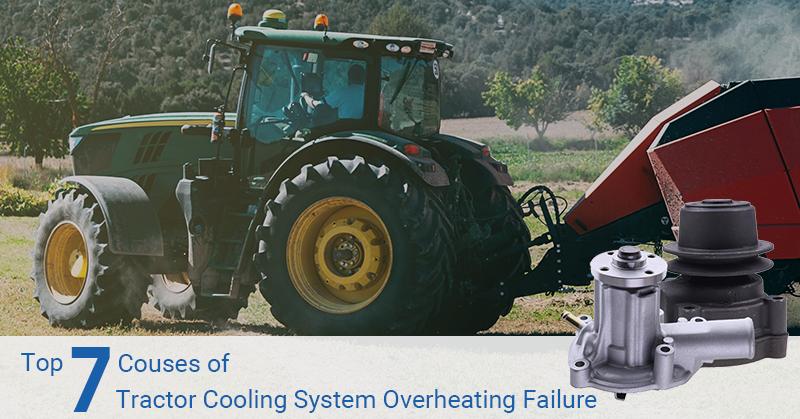


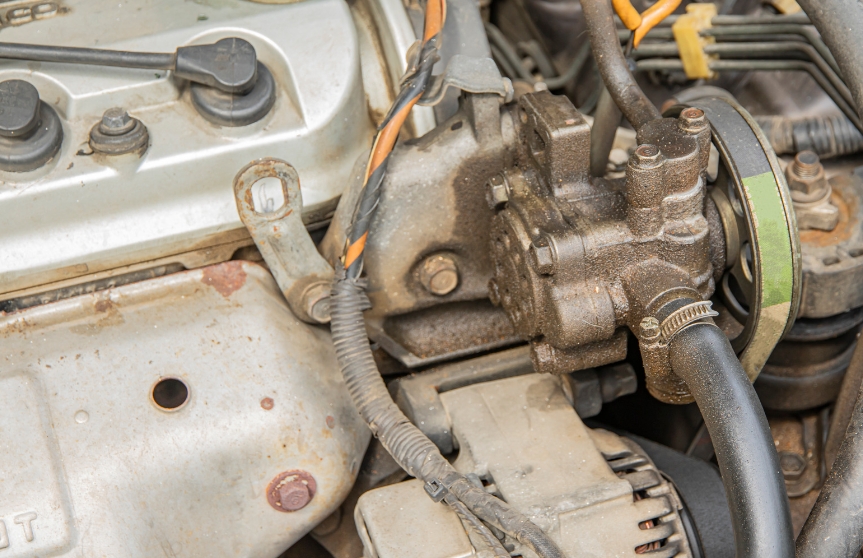
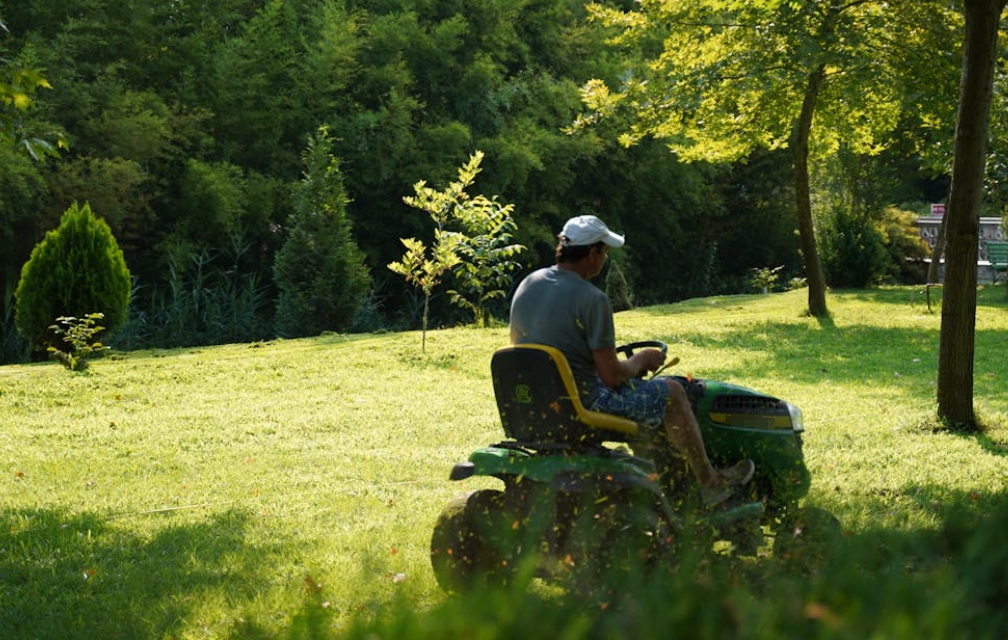

Leave A Comment